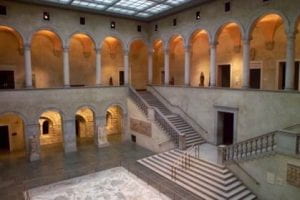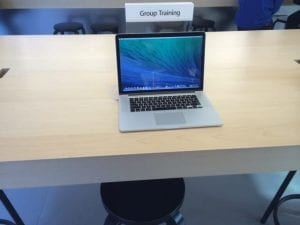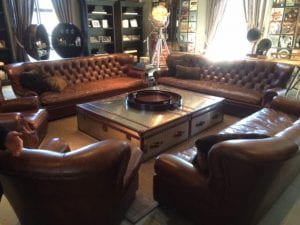Contents
Further Developing the Worcester Art Museum’s Third Spaces
We are the group of students who worked in collaboration with the Worcester Art Museum to develop Third Spaces at the museum as part of our Interactive Qualifying Project.
Our Sponsor
The Worcester Art Museum was established in 1898 and has been an integral part of the Worcester community ever since. The museum has acquired over 35,000 pieces of art and was the first art museum in the United States to display work by Claude Monet. This non-profit museum is located at 55 Salisbury Street in Worcester, Massachusetts. The Worcester Art Museum has recently acquired multiple exhibits due to the closure of the Higgins Armory, these pieces of art can be viewed in the newly established Knight’s Exhibit at the Worcester Art Museum. Along with the Knight’s Exhibit, the Worcester Art Museum is also looking to attract more visitors by creating “Third Spaces” in the museum. The devoted area that our project team will be focusing on is Salisbury Hall.
About Third Spaces
A “Third Space” is a place where all people can go to integrate into the community and socialize with others. This space is different from a person’s home (1st space) and their workplace (2nd space). These spaces are very popular in Europe where communities tend to rely less on car traffic and more on foot traffic. People gather at these pubs, cafes, and piazzas to enjoy themselves but also become closer and more involved in their community. Some examples of these spaces in the United States are Barnes and Nobles, Starbucks, The Apple Store, and any other place that encourages people to spend time with others in the community.
Objectives
Objective 1: Identified Characteristics of Traditional Third Spaces.
Objective 2: Determined the potential of WAM to create traditional third spaces.
Objective 3: Created an assessment of which areas at the WAM could become Traditional Third spaces.
Final Report
Creating Third Spaces at the Worcester Art Museum



